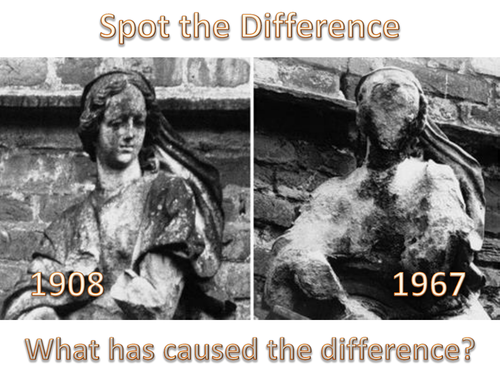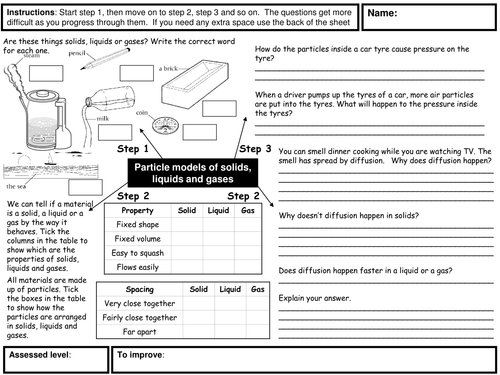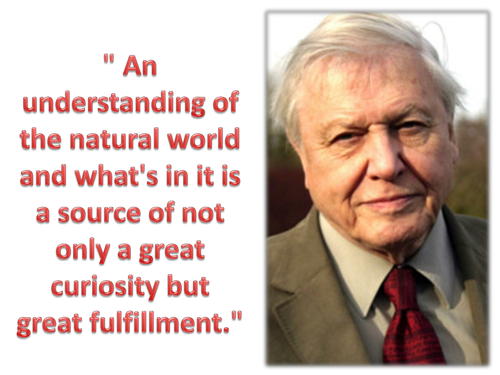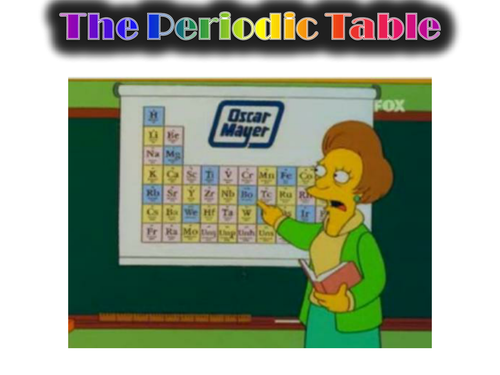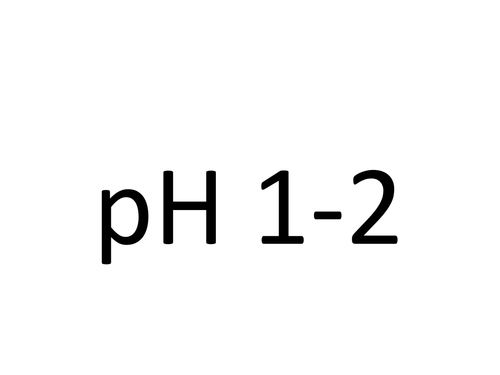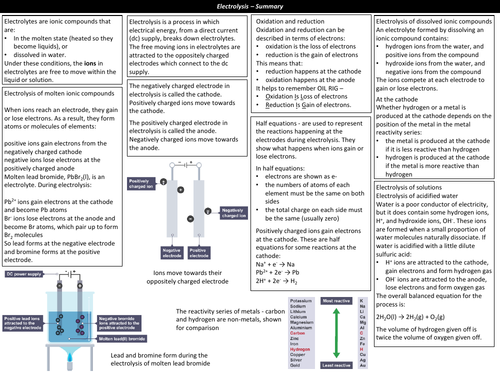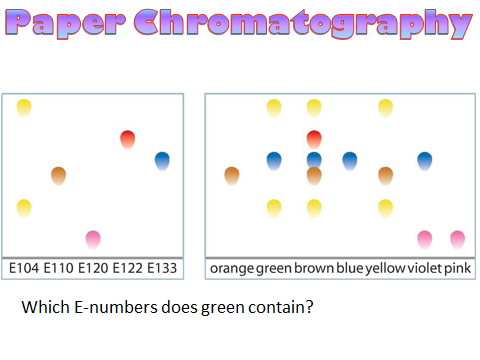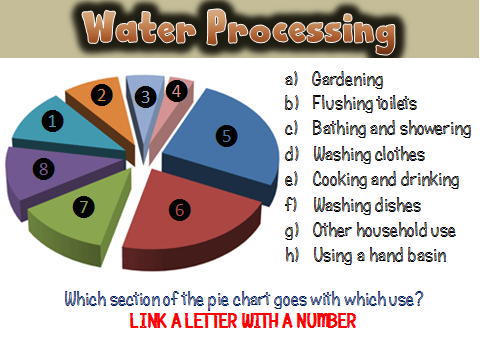
133Uploads
190k+Views
309k+Downloads
Chemistry

Lab equipment word search
Word searches on common lab equipment. There are two versions (with answers) - one is a simpler version as it doesn’t have diagonal words or words written backwards

Acid Rain
A presentation with an embedded video and activities to teach pupils about - What is acid rain? the cause, effect and solutions. Thanks to other TES users whose ideas / work I have adapted. This links in to the KS3/KS4 environmental chemistry curriculum content and complements 3 others lessons I have available on TES, as a bundle called environmental chemistry

Particle model of solids, liquids and gases homework
A leveled task on Particles models of solids, liquids and gases suitable for KS3. The presentation has 3 slides. Slide 1 is the pupil sheet, slide 2 contains the mark scheme and slide 3 has suitable comments to use give a target on how to improve scientific knowledge.
This is a free sample. I have 11 more of these available in the same format for £3.00

Element CV
A Literacy homework with research. Pupils are to create a CV for an element. The help sheet gives the web address and QR code for the RSC periodic table where the research can be carried out. To extend pupils you could get them to try and personify their element.

Atoms and elements - Element exhibition
Get as many samples of elements as possible and use to introduce the idea that there are different elements and how they differ. A presentation and accompanying worksheets are included. Test tubes of air can be labelled as gases etc. If needed

AQA A-level Atomic Structure Revision Sheet
A revision sheet for the AQA A level Atomic structure unit. Print in A4 or A3 as a revision tool prior to exams or an end of unit test

Loop presentation of different Periodic Tables
I use this looped presentation at the beginning of a lesson whilst I am taking the register

What pH?
Print the pH numbers on different colours of card if available. Print out the different everyday substances and cut them out. Give each child a different substance and get them to guess the pH of the substance. Show the PowerPoint presentation about the pH of the different substances to see if they were right. The final slide gives you a chance to ask pupil if they can spot any similarities between acidic, alkaline and neutral substances

Electrolysis summary sheet
A summary of the key ideas of electrolysis for students to use as a knowledge organiser or revision sheet. I have used it for cover lessons where pupils are asked to create flash cards in lesson and then learn for homework, ready for a test next lesson.

Crude oil and hydrocarbons
An introductory lesson on organic chemistry. Pupils are reminded of separation techniques used to separate mixtures and the definition of a mixture before the idea of crude oil as a mixture that needs to be separated to make it useful is introduced

AQA Trilogy / Chemistry - Crude oil and hydrocarbons
A presentation with assessment questions and an embedded video to introduce pupils to the organic chemistry topic

AQA Trilogy / Chemistry - Measuring rates of reaction - graphical data
A lesson on using graphs to find the rate of reaction with accompanying assessment questions and answers

AQA Chemistry / Trilogy - Metals and Oxygen
A presentation about the reactivity of metals with water, introducing the concept of reduction and oxidation in terms of oxygen

Chromatography theory and required practical - AQA Chemistry 2016
A presentation to deliver the theory of paper chromatography and demonstrate the correct procedure to carry out the required practical. A booklet is included that links to the presentation and theory. There are various activities included in the presentation. Enough material for at least 90 minutes of teaching time. The booklet also includes assessment questions.

Waste Water Treatment - Chemistry AQA 2016
A presentation that has embedded videos (2 - Choose which you think is best), and data analysis. The presentation also takes you through the various stages of waste water treatment before a related worksheet can be used. I have also included a copy of the web address if the embedded videos don’t work

AQA Trilogy / Chemistry - Purity
A lesson presentation with an activity to show how melting points and boiling points can be used to show purity

AQA Trilogy / Chemistry - Testing for gases
A fully resourced lesson (potentially 2) to teach pupils through experiment and demo, how to test for oxygen, hydrogen, carbon dioxide and chlorine. A video is also linked to the presentation


